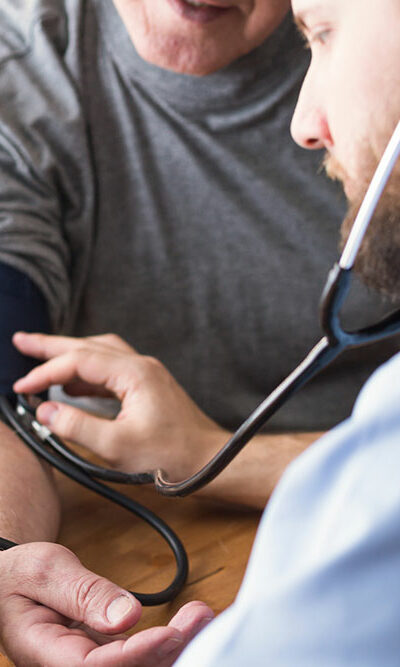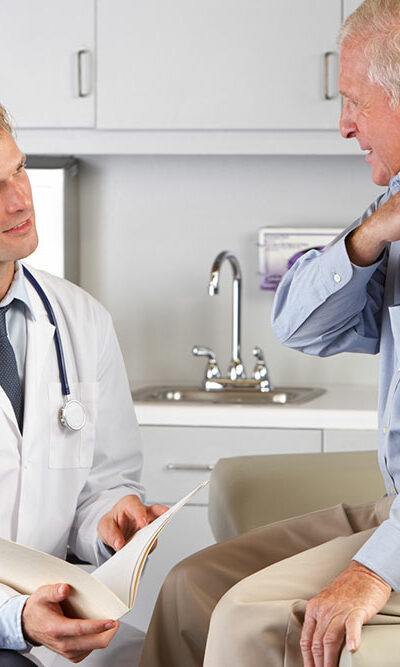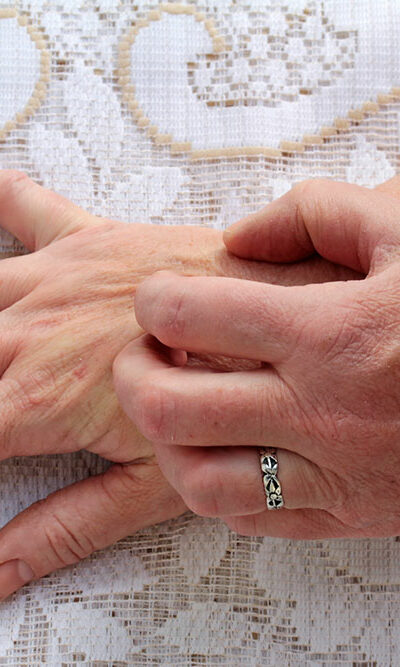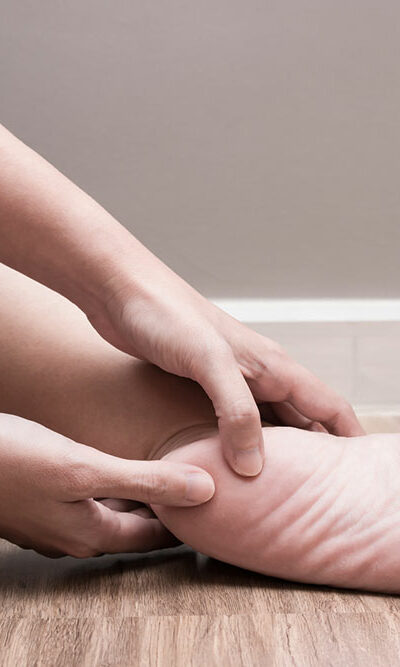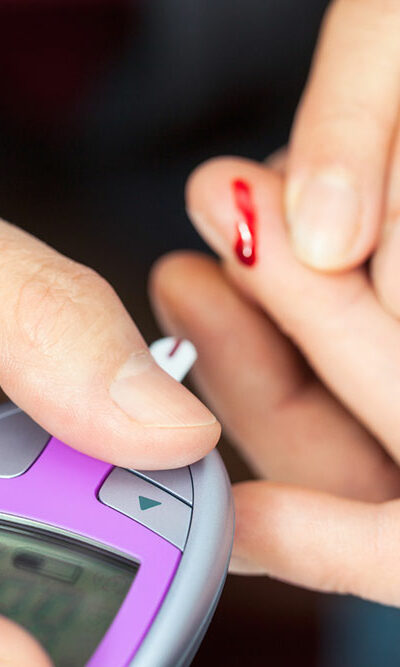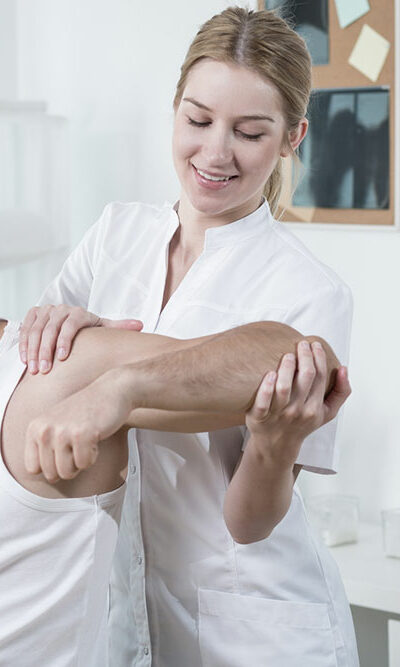
Causes of Underarm Rash and Ways to Treat Them
It is common knowledge that skin is among the most sensitive organs in the human body. Also, it is a shield of protection from various external factors like dust particles, microbial organisms, etc. Your skin is also prone to various disorders and problems from time to time. It is important to treat them before it gets worse and hard to cure. Of all the skin problems, the one common problem that a lot of people face is–rashes in the underarm region. This problem is annoying and can cause social discomfort especially if you are wearing sleeveless clothing. Though it might seem to be like a common rash or allergy, leaving it untreated can complicate the problem. So, if you are suffering from rashes in the underarm and looking for a solution, then you are at the right place–because remedies for underarm rash treatment are discussed here. But first, let’s take a look at the causes of rashes. Skin rupture In this case, the skin in the underarm or the armpit region tends to get ruptured due to the constant movement of the hands, sweat, bacteria, and dryness. So, the area shows rashes that makes you uncomfortable. If the skin rubs hard against itself for a longer duration, then irritation is likely to occur. Eczema In this condition, the skin turns red, dry, and scaly. Red patches might appear on the skin which can crack too. Usually, genetic factors, environmental factors or some foods can trigger this problem. If you notice this condition, you should stop using deodorants, roll-on etc., immediately. Eczema rashes are non-contagious and can last for more than a week. Skin care products or chemical treatments Often cosmetics, lotions, creams and skin treatments like a chemical peel or laser treatments can cause allergic skin reactions. So, it is best to undergo a patch test before you try out any new cosmetic or perfume or a skin care product.
